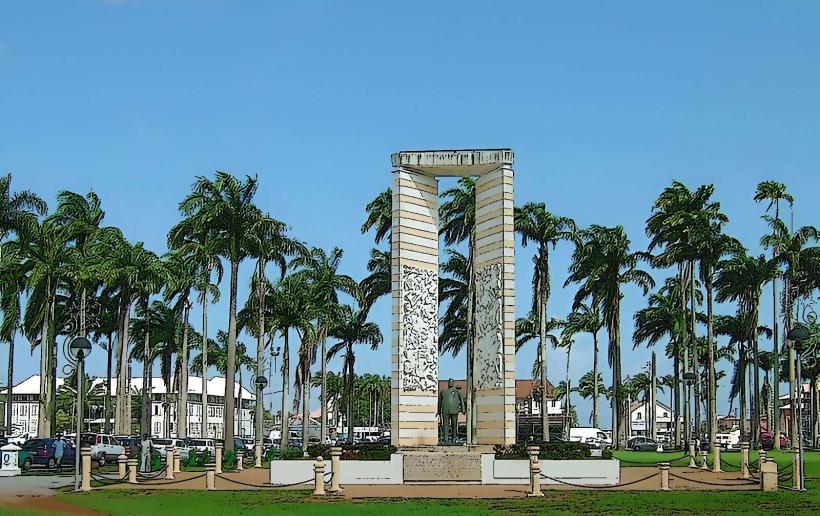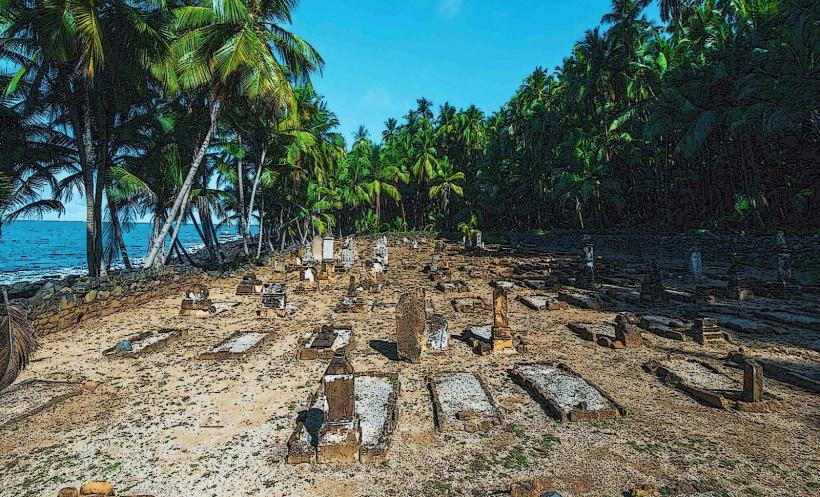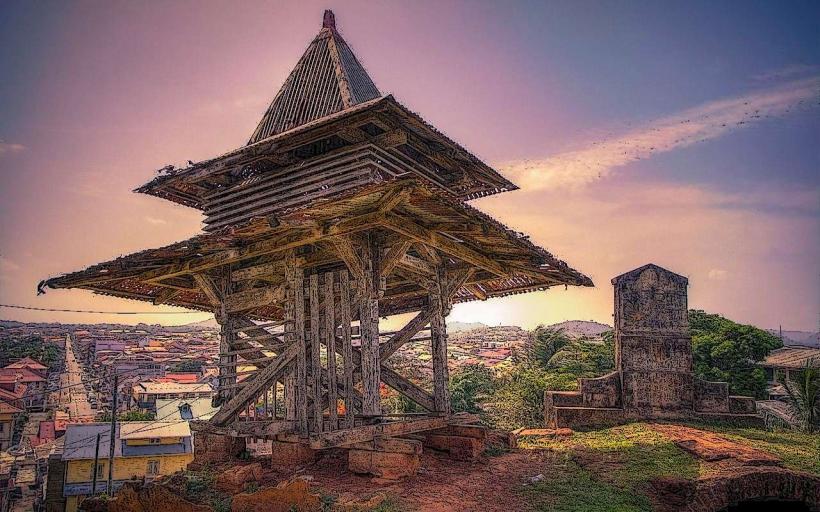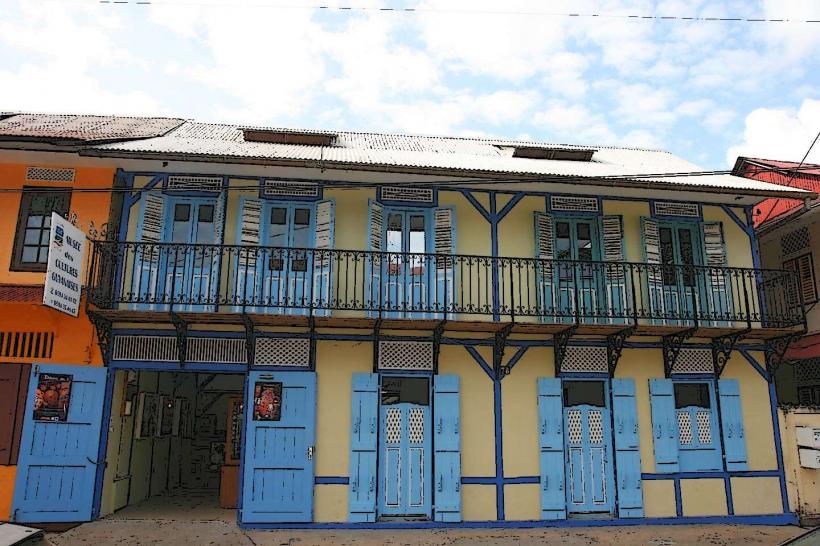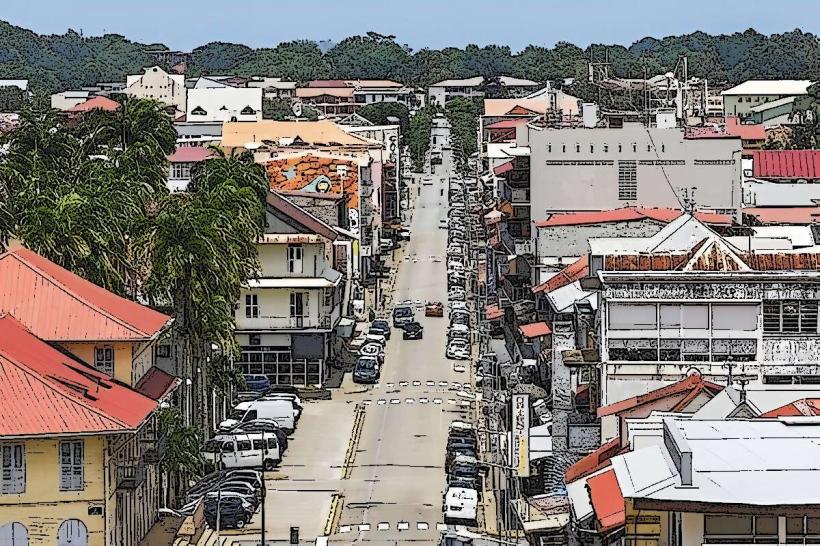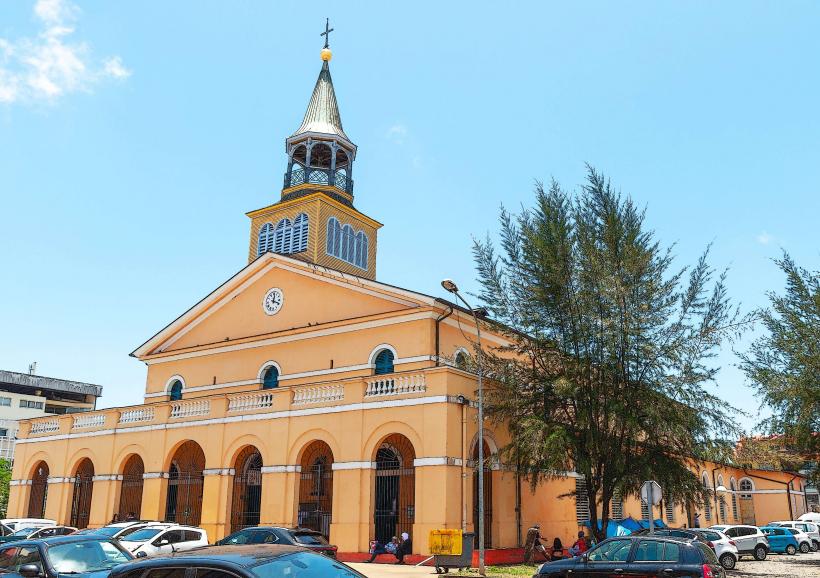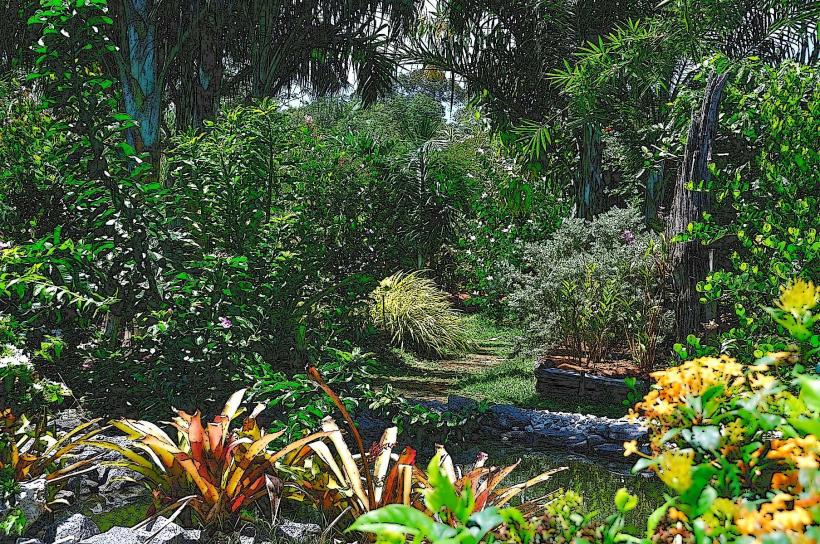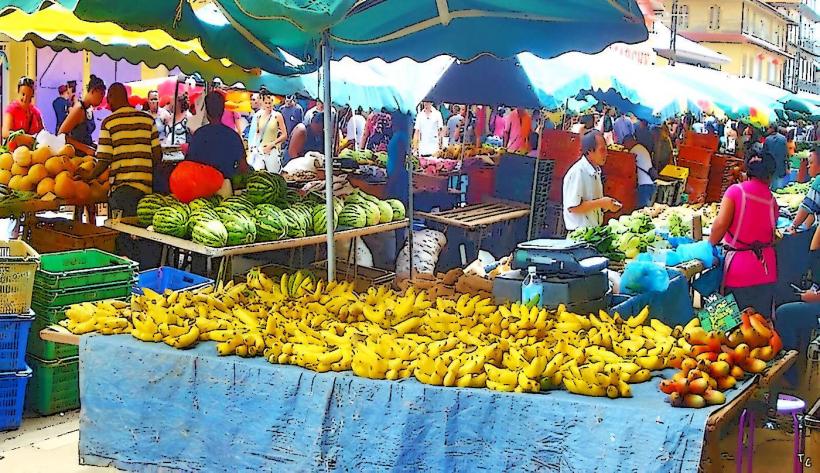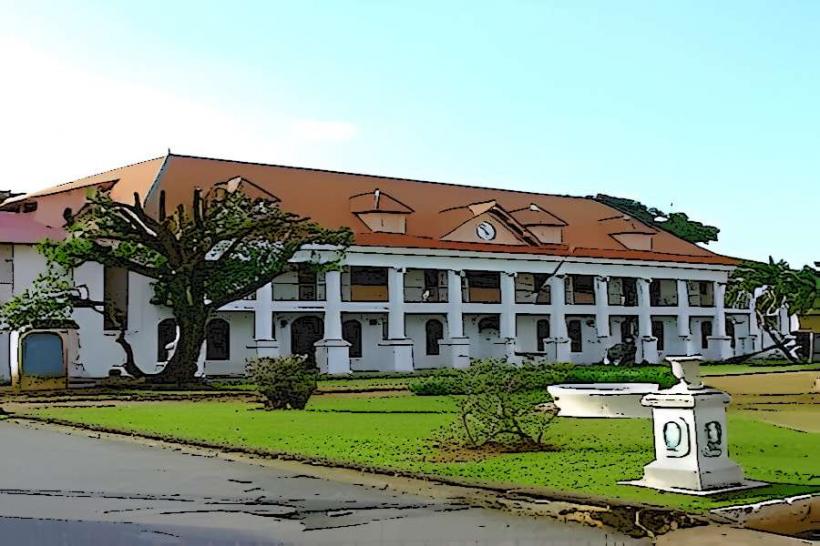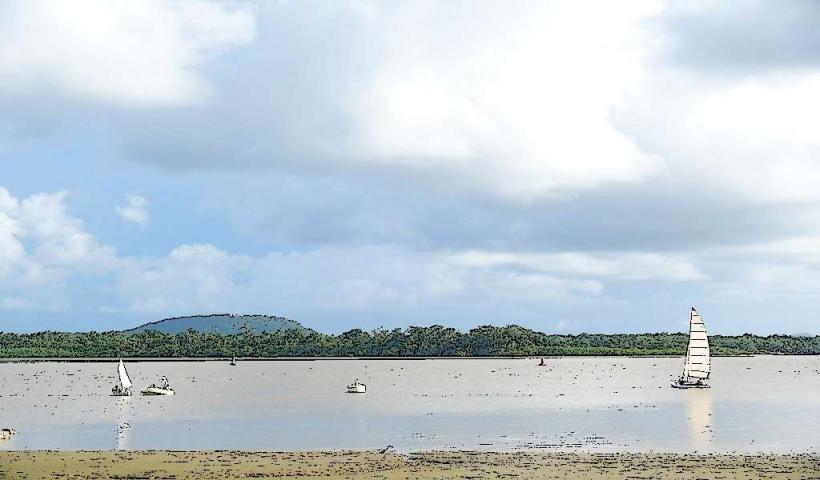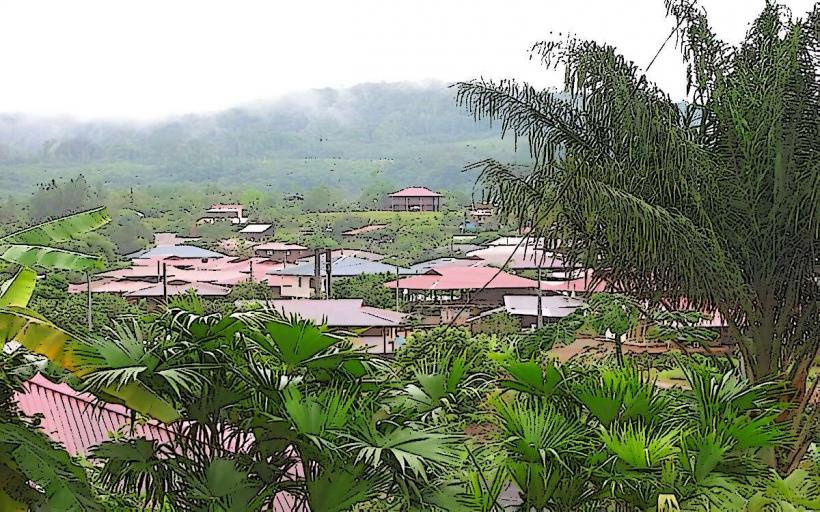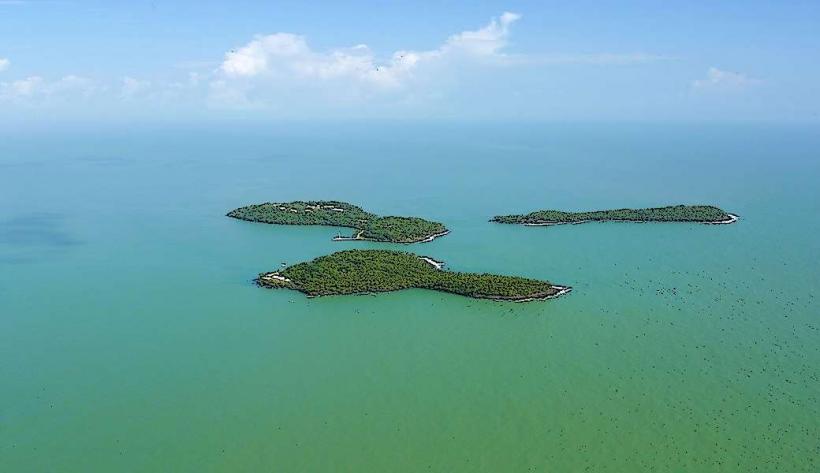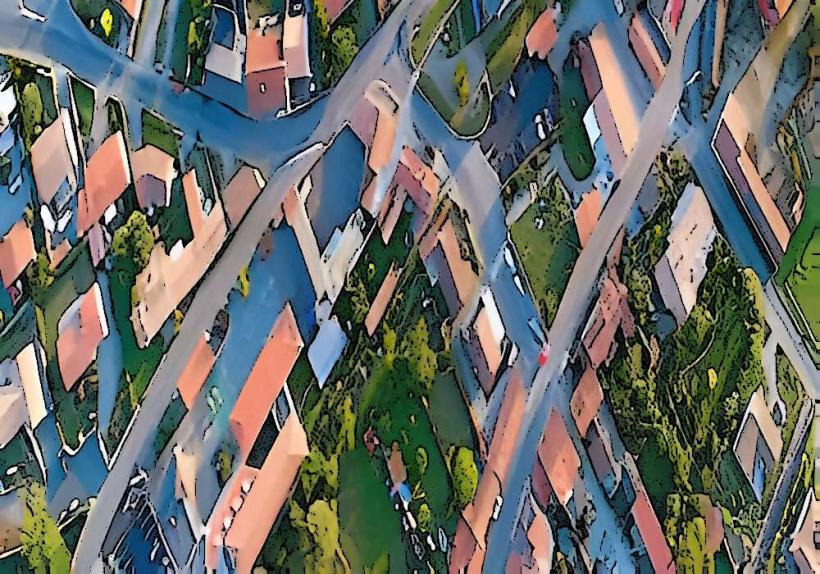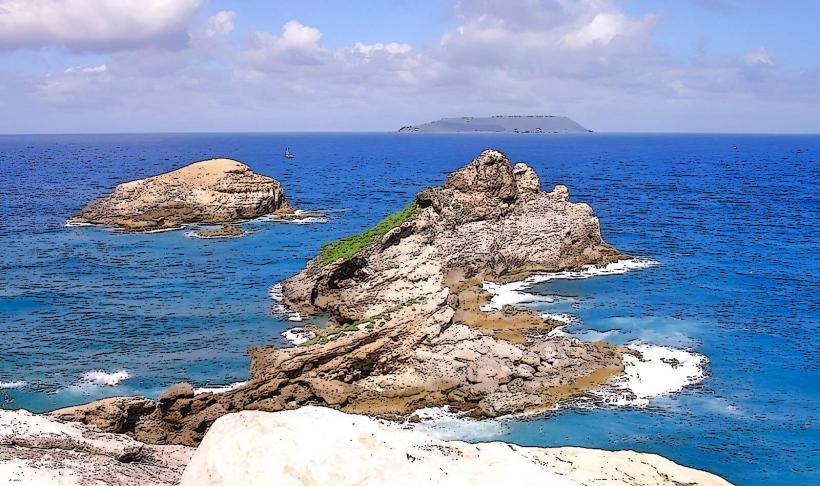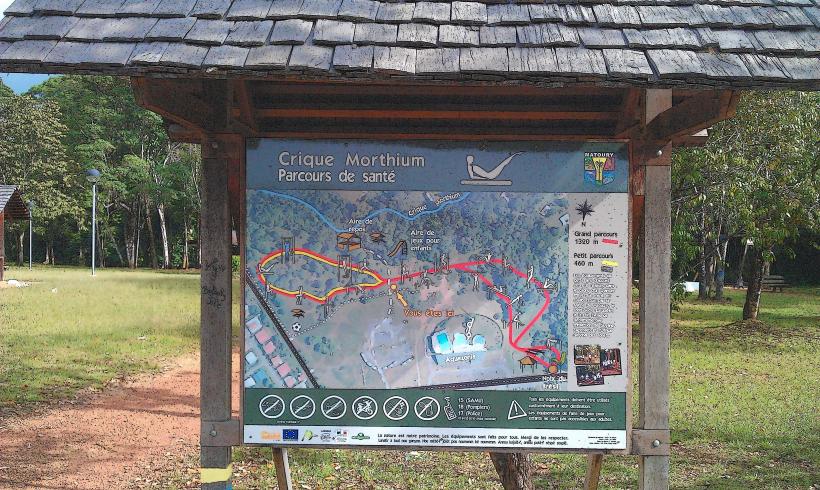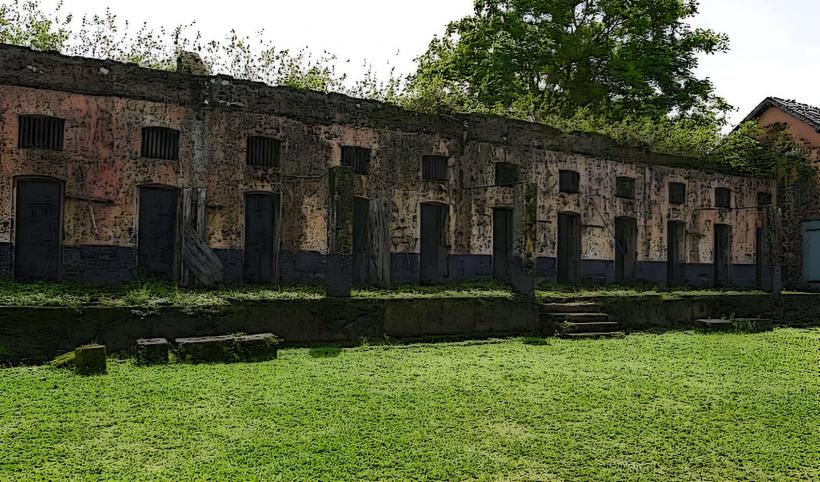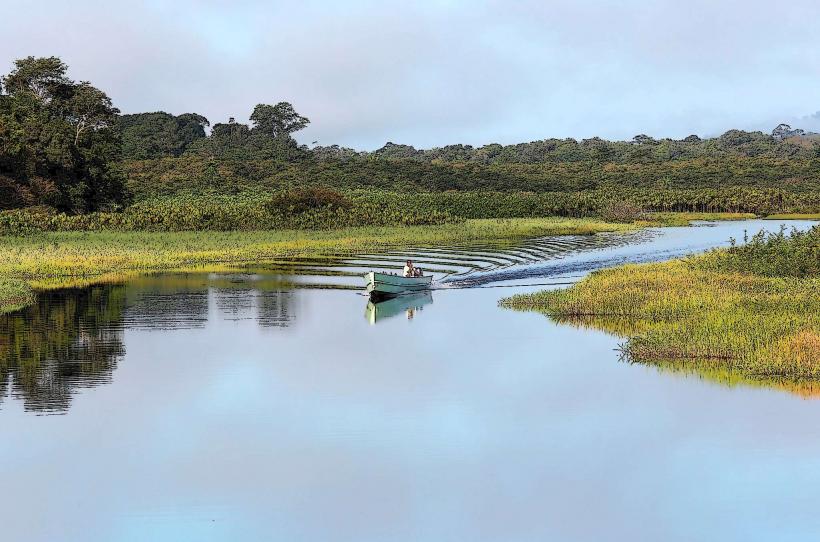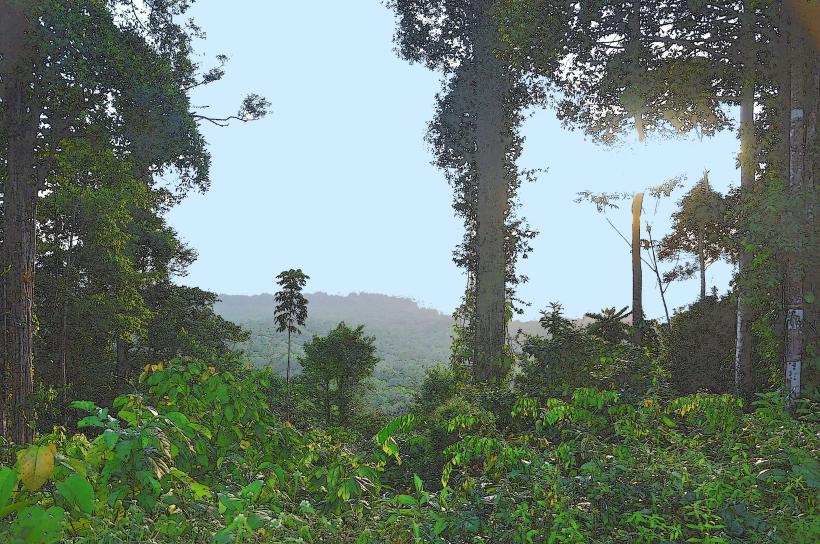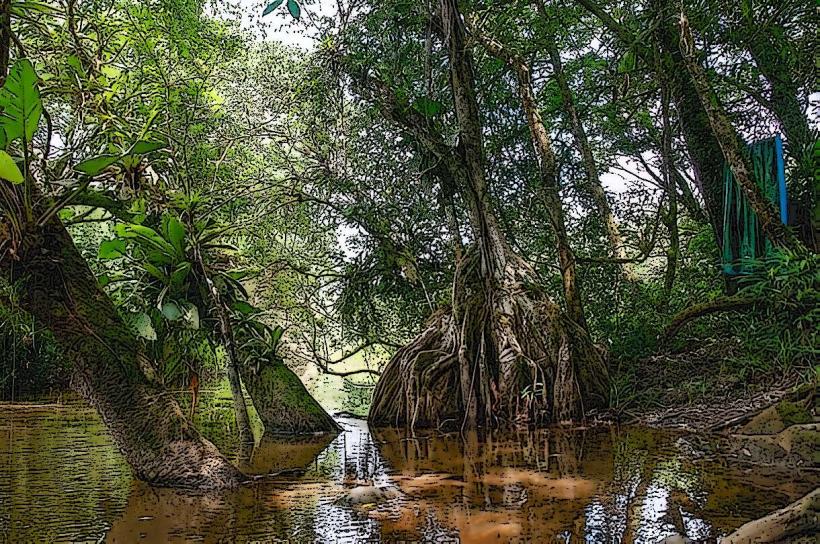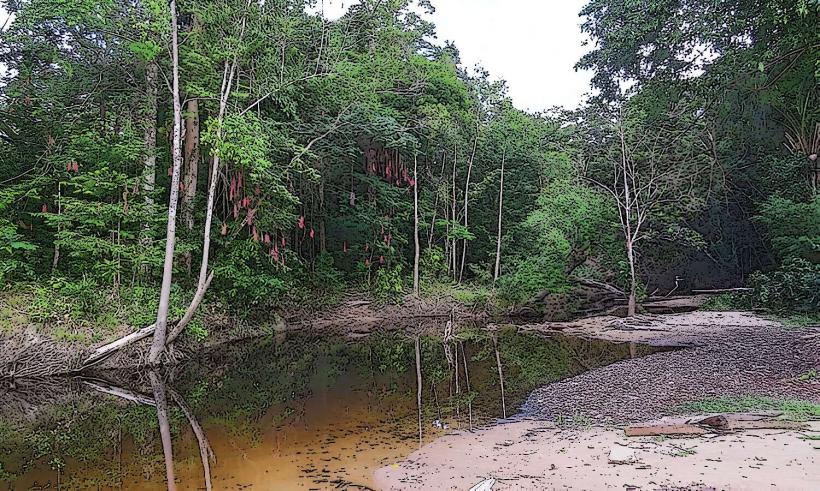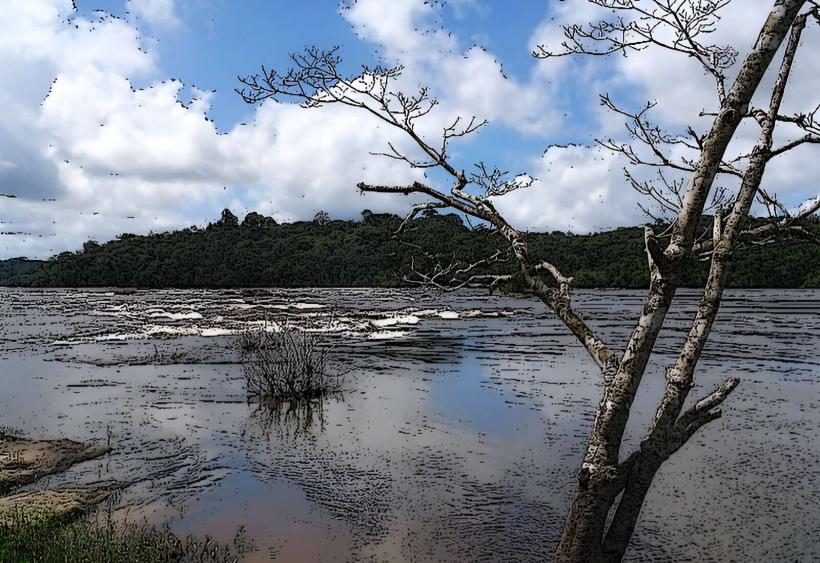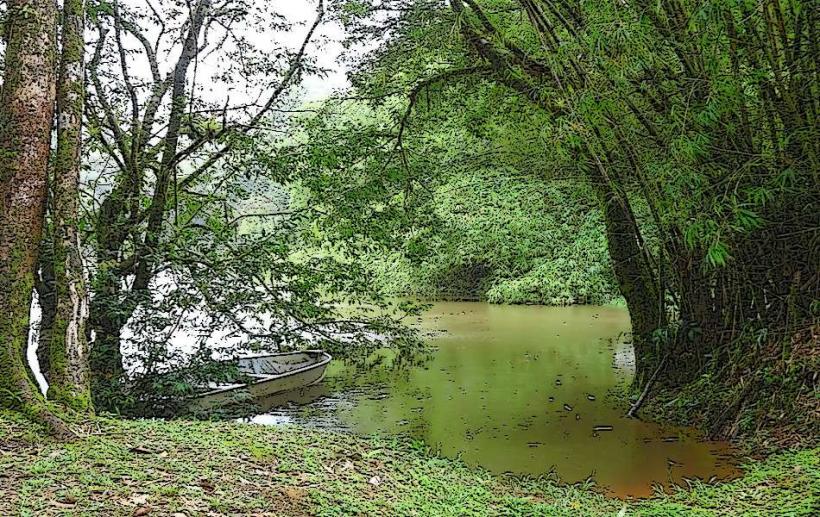Information
Landmark: Penal ColonyCity: Cayenne
Country: French Guiana
Continent: South America
The Penal Colony of Cayenne, located in French Guiana, was a system of prison facilities used by the French government from the late 19th century until 1953. The colony is most famously associated with the infamous Îles du Salut (Salvation Islands), including Devil’s Island, and played a significant role in France's penal history.
Overview and History
The penal colony was established by the French in 1852, primarily to house prisoners from France, including those convicted of serious crimes or political offenses. French Guiana, with its remote location in South America, was chosen as the site for this penal system due to its isolation and harsh environment.
The prison system consisted of several facilities across French Guiana, but the most notable ones were located near Cayenne, the capital of French Guiana, and on the islands of Îles du Salut off the coast.
Key Features of the Penal Colony:
- Establishment: The system was created during the reign of Napoleon III to alleviate overcrowding in French prisons and to deal with political prisoners, such as those involved in revolutionary movements. Over time, the colony expanded to house common criminals as well.
- The Penal System: The penal system in Cayenne was notorious for its brutality and inhumane conditions. Prisoners were subjected to harsh labor, severe punishments, and diseases, and many never survived the ordeal. Prisoners were often forced to work in the dense jungle, on farms, or in the construction of infrastructure.
- Îles du Salut: The Îles du Salut, a group of three islands located off the coast of French Guiana, was the most infamous part of the penal colony. The most well-known of these islands was Devil’s Island, where political prisoners, including the famous case of Alfred Dreyfus in the late 19th century, were held in solitary confinement. Devil’s Island was the site of brutal conditions, with prisoners enduring severe isolation, poor food, and unsanitary living conditions.
Conditions in the Penal Colony
Harsh and Brutal Conditions: Prisoners in the Cayenne penal colony were subjected to appalling living conditions. The tropical climate, diseases like malaria, and the absence of basic medical care made survival rates extremely low. Many prisoners died from tropical diseases, malnutrition, or the harsh conditions of forced labor.
Forced Labor: One of the primary features of the penal colony was forced labor, which was used to build infrastructure, clear land, and exploit natural resources. Prisoners were often sent into the jungle to work on farms or in mines, and the labor was grueling and frequently fatal.
Isolation and Punishments: On Devil’s Island, prisoners were isolated in small cells for years or even decades, with little to no human contact. The psychological toll of isolation was profound, and many prisoners experienced long-lasting mental health issues.
Overcrowding: As the penal colony system expanded, overcrowding became a significant issue, further exacerbating the harsh conditions. This led to a breakdown in sanitation, increased violence, and higher death rates among the prisoners.
Notable Prisoners
- Alfred Dreyfus: One of the most famous cases of the French penal colony was the imprisonment of Alfred Dreyfus, a French army officer wrongfully convicted of treason in 1894. Dreyfus was sent to Devil's Island in 1895, where he endured years of solitary confinement before being exonerated in 1906.
- The "Bagnards": Prisoners in French Guiana were often referred to as "bagnards," which means "convicts." Many of these prisoners were exiled for political reasons, including left-wing activists and republicans who opposed the French monarchy.
Abolition of the Penal Colony
The penal colony system in French Guiana was officially abolished in 1953 after years of criticism and reports of its inhumane conditions. The closure of the colony came about partly due to the growing international pressure against the treatment of prisoners and the changes in France’s approach to criminal justice.
The closure was also influenced by a scandal involving the abuse of prisoners, which was exposed through various reports. The inhumane conditions, forced labor, and high mortality rates led to widespread calls for reform.
Legacy and Impact
Historical Significance: The Penal Colony of Cayenne, and especially the Îles du Salut, remains a significant part of the history of French Guiana. It serves as a stark reminder of the brutal colonial practices and the suffering endured by many prisoners.
Modern-Day Recognition: Today, the legacy of the penal colony is preserved through the Cayenne Prison and the Îles du Salut, which are popular historical sites. Tourists visit the islands, especially Devil’s Island, to learn about the dark history of the French penal system and the prisoners who suffered there. Devil’s Island is now a tourist attraction, with guided tours offering insights into the historical and psychological aspects of the penal system.
Cultural and Educational Impact: The history of the penal colony continues to influence the cultural identity of French Guiana and its relationship with mainland France. The experiences of those who lived in or were affected by the penal colony are part of the broader story of French colonialism in South America.
Conclusion
The Penal Colony of Cayenne was one of the most infamous penal systems in modern history, characterized by its brutal conditions and harsh treatment of prisoners. While it has been abolished for over half a century, its legacy remains a crucial part of the history of French Guiana and the larger story of colonialism and penal reform. The stories of the bagnards, especially those held on Devil’s Island, continue to serve as a poignant reminder of the costs of injustice and the horrors of forced exile.

